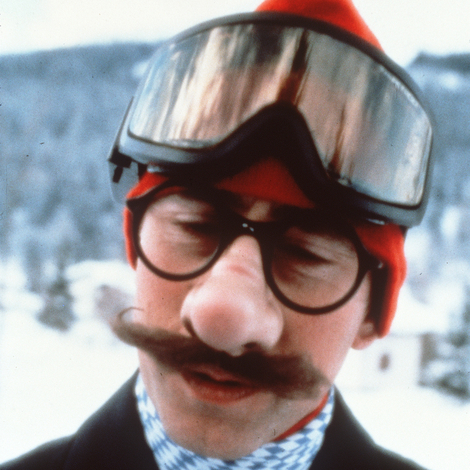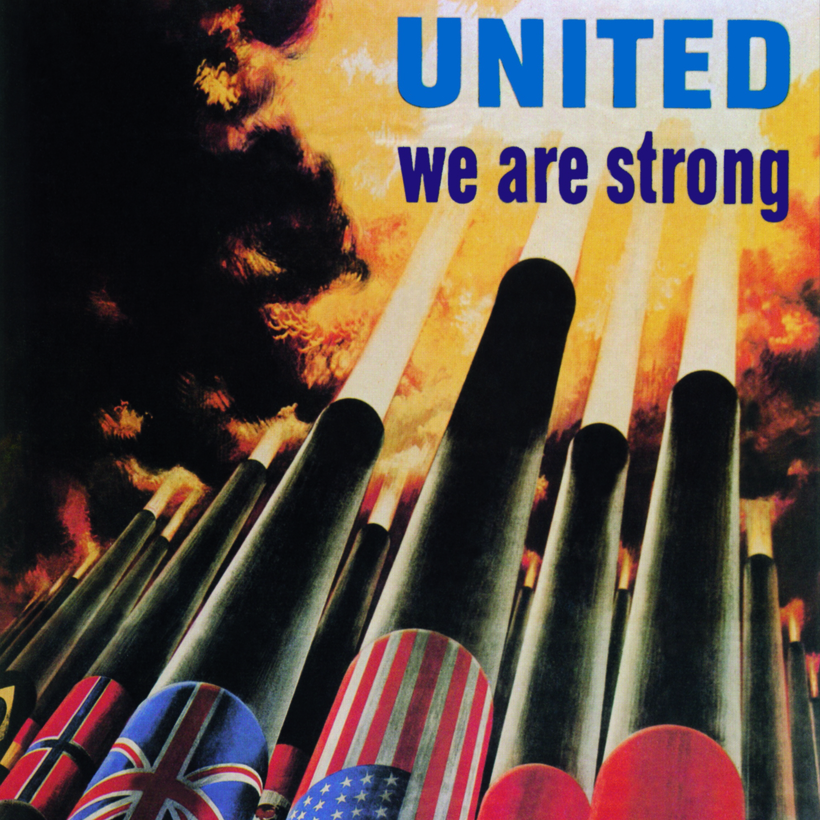World War II: the good guys versus the bad guys. Democracy versus Fascism. Spitfires and Mustangs versus Messerschmitts and Zeros. It was all so simple, the world in black and white.
Not really. That may be the general plotline, but the alliances and connections that made up the Allied side were ever shifting, out of convenience or necessity, with endless sideshows and subplots. Personalities—some honorable, some prickly, some preposterous, some all three—could make or break a treaty or an arrangement and throw the whole thing into doubt. Promises were often made just to be broken.
This is the story that Tim Bouverie tells in his magisterial, eminently readable, and surprisingly fast-moving Allies at War. It’s an apt pun: the Allied nations are at war with the bad guys but with each other, too—often figuratively but occasionally literally.
What’s the expression: “Keep your friends close but your enemies closer”? Allies at War shows us it can be wisest to keep the enemies of your enemies closest of all.
One wonders, How many more books can possibly be written about World War II? The answer is: Probably quite a few. Reader interest is apparently bottomless, the conflict so sprawling and all-encompassing. Eighty years on, authors have two basic choices—find a new angle on the big picture, or mine hitherto briefly referenced battles and campaigns for new narratives. Bouverie does both.
Allies at War is a picaresque, globe-trotting tale of summits, conferences, letters and telegrams, and lavish, Vodka-and-speech-fueled banquets in Russia. At the same time, it gives multi-page attention to some of the conflict’s forgotten clashes, such as battles between the Russians and the Finns, the English and the French—in Oran, 1,290 French sailors were killed in a fierce naval bombardment—and the British and the Iraqis, with more than 1,000 Iraqis dead.
It resonates especially today, as tense negotiations and feuds over tariffs, defense, and trade, and fraught personal interactions with the leaders of nations both friendly and not so much, dominate American diplomacy.
The beating heart of the story is England. No country relied more on building friendships and maintaining them, even with Stalin’s Russia, with which it had little in common. And, luckily for Bouverie (and for us), no country had seemingly more leaders, diplomats, aides, and secretaries who kept copious notes and diaries—and were especially adept at popping out clever and biting quips, particularly Winston Churchill. This book is filled with them.

Getting the United States into the war and keeping Russia in the war were Churchill’s top priorities. Franklin D. Roosevelt wanted in but knew the United States wasn’t ready. And so they danced, with the United States edging closer and closer. The relationship between the president and the prime minister has been chronicled before, but it remains touching to read of the genuine respect and even love between the two men, even as they occasionally tried to outsmart each other and trick the other into doing things he didn’t want to do.
The relationship between their nations, however, was not always loving. England hoped to regain its empire after the war. Americans, fighting for liberty and freedom, felt the people of India, the Caribbean, and Malaya, to name a few places, were as entitled to self-governance as those occupied by German and Japan. What were we fighting for, anyway? The English responded by reminding its ally about segregation and the treatment of Native Americans. And round and round we went.
The U.S. Army even wanted to segregate its troops in public spaces in England. One especially vivid and visceral chapter describes how the English flatly refused and how, in fact, they welcomed Black servicemen, with one farmer joking that he got along quite well with Americans “but had no time for the white men they had brought with them.”
And then there’s the French. They seem to have been a thorn in everyone’s side throughout the war, battling with each other (Free France versus Vichy France) for the chance to fight or collaborate. The towering Charles de Gaulle, we learn, was called “the Great Asparagus” in school (sadly, the French translation of this nickname is not included), but Sir Alexander Cadogan went one better, saying, “He’s got a head like a pineapple and hips like a woman.”
Notwithstanding those descriptions, de Gaulle managed to unite his countrymen through sheer force of Gallic personality—but not before routinely infuriating everyone else.
Bouverie also reminds us just how important face-to-face conversations are when the fate of the world is at stake. Presidents, prime ministers, and other players traveled via battleship and airplane, meeting around the world to hash out their problems and plans. Secretary of State Cordell Hull—described by one British secretary as having all the attributes of a “dried bit of fruit”—took his first-ever flight to confer with ministers in Moscow.
The inherent flaw in all World War II books is that we know how they end (spoiler alert): the good guys win. But it wasn’t just a contest of arms and ammunition. It was a contest of wits and brains and negotiations, of personalities towering, vain, and sly, and of alliances within alliances within alliances, as Bouverie quite expertly shows.
Wendell Jamieson, a former Metro editor at The New York Times, is a co-author, with Joshua A. Miele, of Connecting Dots: A Blind Life

